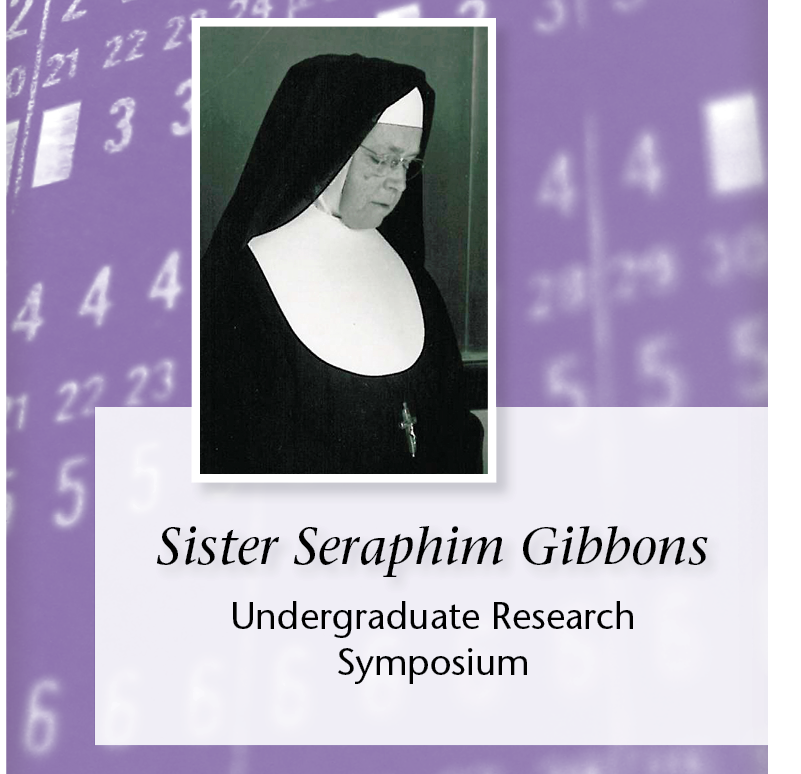Synthesis and evaluation of non-natural PFTase substrates capable of copper-free bioorthogonal cycloaddition
Faculty Advisor
James Wollack
Department
Chemistry
Synthesis and evaluation of non-natural PFTase substrates capable of copper-free bioorthogonal cycloaddition
Many non-natural isoprenoid diphosphate analogs have been shown to be substrates for Protein Farnesyltransferase (PFTase). Transferable analogs include azide and alkyne containing isoprenoid derivates which can subsequently be used as handles to perform click chemistry after modification. The limitation for bioconjugations using click chemistry is that these reactions must be completed in the presence of copper which can degrade biological molecules. An alternative method is tetrazine ligation: a bioorthogonal reaction which proceeds through an inverse electron demand Diels-Alder mechanism at a rate comparable to copper-catalyzed click reactions, without cytotoxicity. Here we report the synthesis of a norbornene containing isoprenoid that is a substrate for PFTase. Proteins and peptides labeled with these strained-ring moieties are candidates for tetrazine ligation—a particularly useful bioconjugation method in biological environments.
